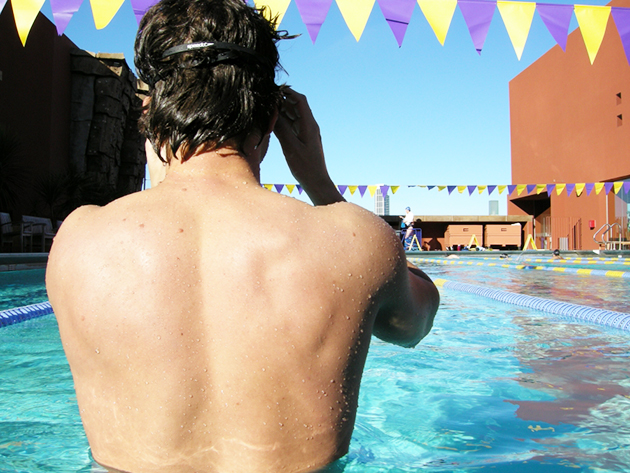What is Swimmer's Ear and How Can I Prevent It?
Posted by Goggles n More on 14th Jun 2014
Shop Prescription Swim Goggles

Nearly every serious swimmer will develop the condition known as Swimmer's Ear at some point in his or her life. While most cases will heal on their own without the need for medical attention, some of the more severe cases can last for weeks. If not properly treated, the problem can spread to other areas surrounding the ear. So what exactly is Swimmer's Ear and how can you prevent it?
Swimmer's Ear: The Basics
Known medically as otitis externa, Swimmer's Ear is a condition characterized by an infection in the ear canal. The canal connecting the eardrum to the outer earlobe contains soft, delicate tissue that acts as a sponge for water and moisture. People who frequently swim, kayak, wakeboard or perform other water-based sports and activities are more likely to develop Swimmer's Ear due to the water constantly traveling back and forth through the ear canal.
Normally, water can splash into the ear canal without causing an infection, which is why you typically don't develop ear infections from bathing or showering. However, saturating the ear canal with water for a long period of time will result in the delicate tissue soaking up the moisture. This creates the perfect breeding ground for bacteria to grow and thrive.
Symptoms of Swimmer's Ear:
Itching sensation originating from inside the ear – an area that you can't seem to scratch for relief.
Pain when the ear is touched.
Fluid or discharge coming from the affected ear.
Muffled sound, similar to wearing a pair of headphones.
Redness surrounding the affected ear.
Swollen lymph nodes in the neck.
Fever.
How to Prevent Swimmer's Ear
Damaging the inner lining of the ear canal will increase a person's risk of developing Swimmer's Ear. The inner lining acts as a barrier of protection against bacterial infections. Unfortunately, it's not uncommon for people to unknowingly damage the inner lining of their ears by poking and prodding it with cotton swabs. Cotton swabs should only be used around the ear lobe and not placed directly inside the canal.
Another important step in preventing Swimmer's Ear is to keep your ears dry. Whether you're at the beach, pool or lake, pat your ears dry immediately after getting out of the water. If there's water stuck in your ears, gently rock your head back and forth at an angle until it comes out.




